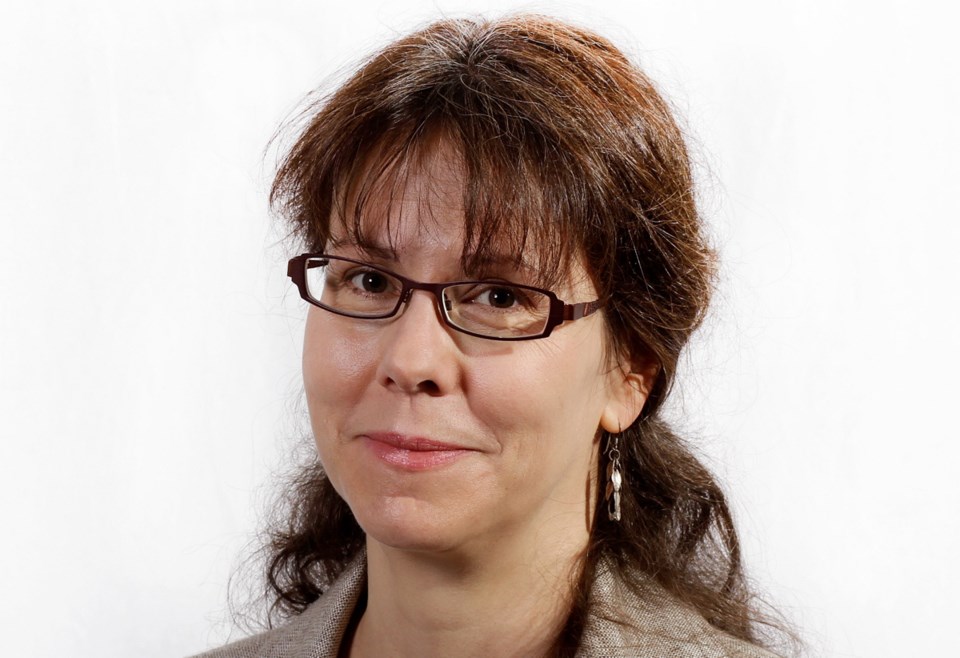 Parking brings out a surprising amount of passion in people. Whenever changes to parking rates and availability are proposed, claws unsheath and accusations and fur fly.
Parking brings out a surprising amount of passion in people. Whenever changes to parking rates and availability are proposed, claws unsheath and accusations and fur fly.
Looking at the reactions since the City of Victoria proposed changes in February to city-controlled downtown parking, you’d think planners had suggested they intended to make young children and puppies play on Blanshard Street during rush hour, or use parkades for hospital-ward overflow.
Although I’m as delighted as the next person when I find free or cheap parking near a destination, I suggest we park passion and politics for a moment. I note some observations and assumptions on the matter:
• Compared to what I paid to park for 75 minutes on 91ԭ��’s Melville Street last week, we have nothing to complain about here. The rates for parking in downtown Victoria rank among the lowest in all 91ԭ�� cities.
• The city’s recently announced visions for downtown and the Inner Harbour emphasize a people-centred community that promotes alternative transportation options. Current work on Douglas Street to include dedicated rush-hour transit and bike lanes moves toward that. The city’s proposed parking changes fit into that vision, too.
• Cheap parking rates are neither a right nor a privilege. They are the result of a car-centred culture and decades of urban planning that often relied on assumptions based on statistically insignificant surveys made at parking locations elsewhere with little in common with downtown Victoria.
• As economist and urban-planning professor Donald Shoup expounds in a report called The High Cost of Free Parking, “free” (or cheap) parking is a fiction of car-addicted cultures. Victoria taxpayers underwrite the cost of providing and maintaining downtown’s cheap parking. Property owners pay that cost outright or pass it on to renters. Business owners who rent business space in the city pass it on to you and me.
At least when we each pay for the parking we use, we assume responsibility for the expense and the transportation choices that led to it. Many of us do have a choice: to drive and park, to cycle, to walk or to take transit. For those who truly do not have those options, allowances can and should be made.
• The region’s 13-kingdom structure means many who work downtown pay taxes to other municipalities. Victoria residents and businesses underwrite the transportation costs of those who drive downtown. By charging for parking, Victoria shifts some of parking’s hidden costs to non-Victoria users.
• A recent Greater Victoria Cycling Coalition survey belies other assumptions. Of 504 people surveyed downtown, three-quarters got there by bus, by bike and on foot. Only 23 per cent travelled by car and needed parking. Non-car respondents also typically spent as much downtown as those who drove.
• Victoria isn’t ending inexpensive parking. The city is being strategic in how it manages its parking. By encouraging use of city-owned parkades — cheaper than on-street parking and monitored by security personnel — and reducing use of curbside parking by evening shift and hospitality workers, parking on key downtown streets should open up for area customers, and turnover for each spot should increase. The rate cited for the new 6 p.m.-to-9 p.m. on-street fee is $1 per hour, less than the cost of a good cup of coffee.
Is $1 per hour to park curbside really a deal breaker? Because of a $3 evening-parking fee on some streets, you’re going to boycott the downtown activities, shops and restaurants you’ve enjoyed until now?
If $3 is indeed a serious financial obstacle for you, you have my sincerest sympathy. The social and political issues underlying your circumstances are broader, deeper and more complex than mere parking.
If it’s a matter of principle, please enjoy your cup of coffee. Those more committed to spending evenings and money downtown will quietly thank you for your sacrifice-on-principle. It might help ease competition for the best-located primetime curbside spaces.


